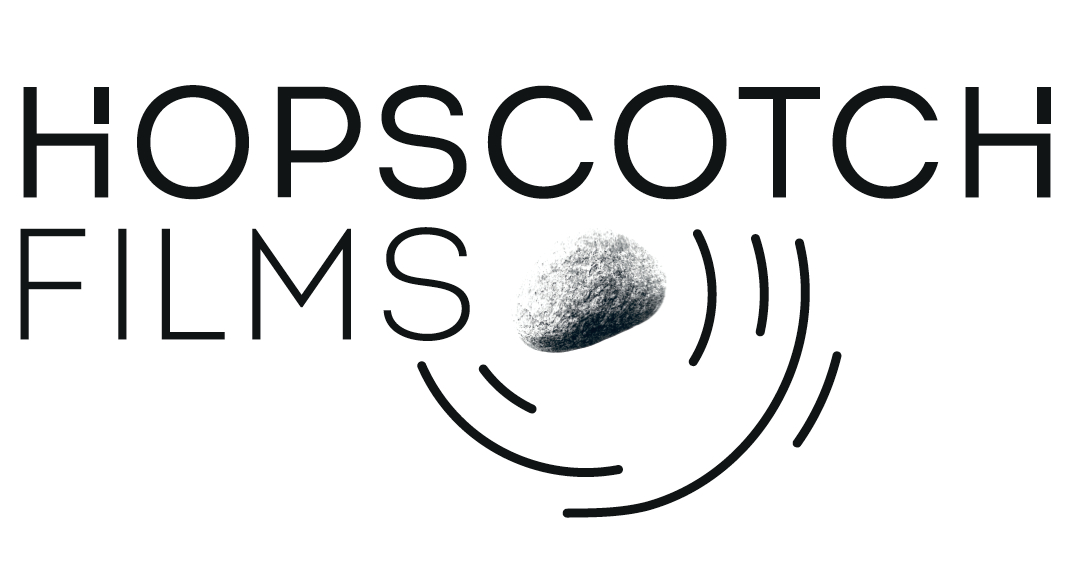An insightful summing up of 'memory films' including Mark Cousin's I Am Belfast by Swedish writer Mårten Blomkvist.
Blomkvist sees a trend for films using people's memories for inspiration at the Karlovy Vary festival in Czech Republic. He connects the current programme of films with classic 'memory films' Hiroshima - Mon Amour, Citizen Kane and Wild Strawberries. Not bad company for Mark to be in!
What follows is an approximate translation, click here for the original.
People's memories are a rich source for the world's filmmakers and screenwriters. DN's Mårten Blomkvist visits the film festival in Karlovy Vary in the Czech Republic and finds that memories are a unique and major movie genre.
Every film is about memories . Whether it’s narrated with memories, or even an action movie. To sink into memories is a small film genre in itself . The programme in the ongoing film festival in Karlovy Vary in the Czech Republic is a reminder of how memories pervade film . Documentary filmmaker Mark Cousins emembers his hometown in I Am Belfast. Ukrainian Eve Neymann recreates Song of Songs life in a shtetl , a small jewish village in Russia in 1905. Other filmmakers have flocked to the small Spanish community where spaghetti westerns were once filmed and a disused factory for fireworks in Macao, China.
Yet is it really surprising so many great movies can revolve around memories? Take Citizen Kane, itself an almost forgotten memory - from 1941. A toxic portrayal of a ruthless newspaper king's life and career, a radical film, that's how one thinks of this historical giant. But Orson Welles’ film is completely made up of memories. A journalist collects survivor memories to understand what the main character Kane remembered in his last moments. In a digression the king's right-hand man, Mr. Bernstein, tells newspaper about memories: “you remember things you don’t think you'll remember. I can take myself as an example. One day in 1896, I had taken the ferry to Jersey and when we pulled out another ferry came in, and there was a girl waiting to get off. She wore a white dress and held a white parasol. I only saw her for one second. She did not see me at all, but I promise you that since that day not one month goes by when I have not thought of that girl.”
Ingmar Bergman's films contain many strong scenes where people remember. Wild Strawberries (1957), where old Isak Borg is gripped by his past, can even be said to have founded a school for the memory film directors.
Filmmakers are powerless against melancholy memories. Movie lover Mark Cousins s best known for his portrayal of film's history, The Story of Film (2011). The TV series is full of knowledge and love. Now he turns to the city and Stockholm. Cousins s in the process of collaboration with celebrated photographer Christopher Doyle to portray our own capital. In I Am Belfast actress Helena Bereen personifies the old city, and tells Cousins bout herself. There are lingering glances at the old facades, and the elements with pictures of the former Belfast: old men in hats behind a giant glass of Guinness. Purely romantic, it can not be in Belfast movie. Bereen talks tough about the glowing hatred between Protestants and Catholics. But it certainly feels more like a film about memories - or as it is said in the film, "the misty water-colored memories of the way we were," not just the words of a hit from a Barbra Streisand film (Our Best Years , 1973). Songs, like movies, sometimes capture the bittersweet in remembering. Usually the memories of film pieces, diminishes the big picture. But in a classic dreamy Hiroshima - Mon Amour (1959), Alain Resnais and Marguerite Duras’ adaptation, it is the loving couple and their fragments that creates a great part of the film’s force.
Many filmmakers seek Hiroshima Mon Amour’s mood, especially in documentaries. Often with a central location, an abandoned object that can recall the life that once unfolded there. Portuguese Joao Pedro Rodrigues and João Rui Guerra da Mata have found an abandoned fireworks factory IEC Long, once famous for its extra LOUD firecrackers. In Once Upon A Dream - A Journey to the last spaghetti western Bulgarian Toni Slave Hristov explores a small Spanish society that can never forget the times when everyone worked on such films as Harmonica - the Avenger (1968). Good items. But as often happens the filmmakers rely on the environment's ability to speak for itself. Not everyone has a Christopher Doyle to help to get an old factory wall to shimmer enchantingly.
Song of Songs is a more evocative greeting from a shtetl in 1905 , a rarely depicted environment. Director Neymanns’ basis are stories of Sholem Aleichem , who called a jew Mark Twain , whose stories of Tevye became the musical Fiddler on the Roof . Contemporary Jewish persecutions , pogroms , mentioned , galghumoristiskt . But essentially gets the spectator to add sadness , knowing what villages like this would be hit with a few decades later. Neymann sticks to 1905, and scenes like when villagers snuffling listening to street musicians. The singer is singing the Edith Piaf empathy for the memory of a woman - "I can not forget her, let me die!" The suicide candidate is about twelve . You are never too young to start dreaming about memory sweet pain.

